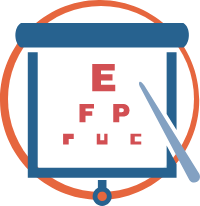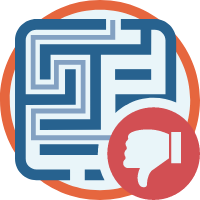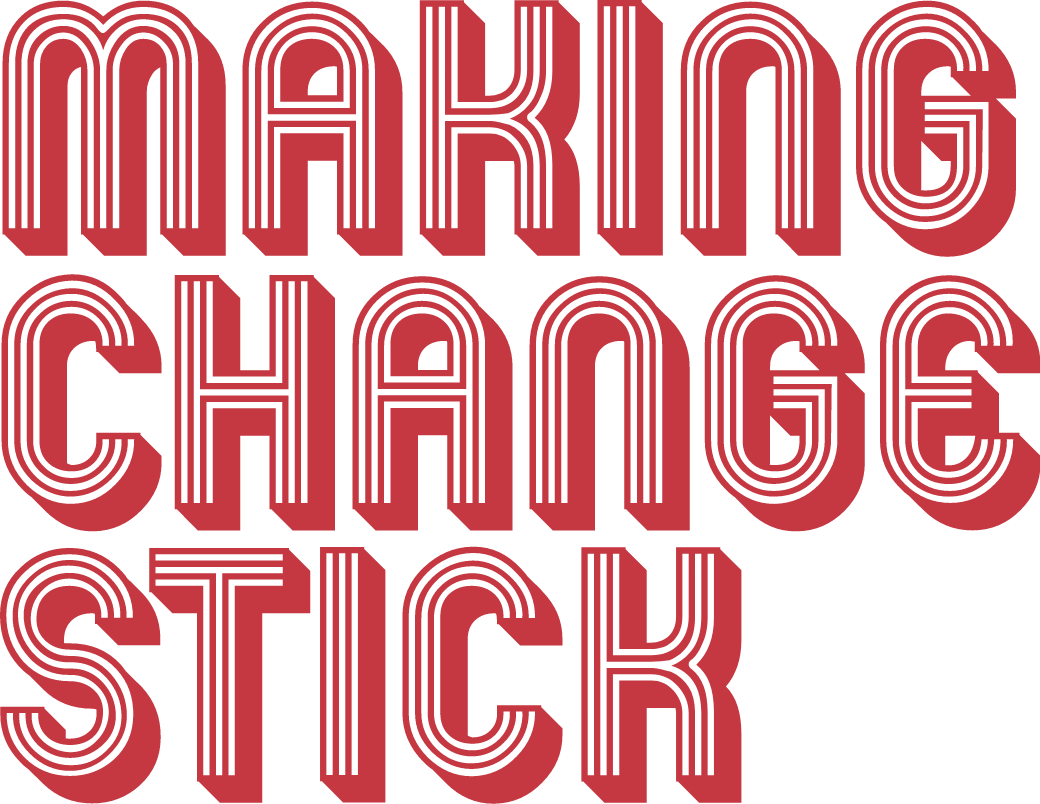3 Minute Read
To keep pace with ongoing transformation organizations need people to think, act, and work differently—and they need it done fast.

Leia McKinnon
5 Minute Read
To keep pace with ongoing transformation organizations need people to think, act, and work differently—and they need it done fast.
Yet at the heart of all this change are the employees; they’re the one constant variable, and they’re feeling the impact. They may feel overwhelmed, burned out, or fatigued. They’re doing their best to meet expectations, but something is getting in their way. Even with good intentions, employees may struggle to accept and embody the organization’s new normal.
That’s because employees need your help to make change stick. They’re being asked to be more resilient with change and to lean-in to a new way of working with interest and inquiry. Take a step back and look at the bigger picture.
Make change stick:
“Take a second to fully understand all the factors.”
Before asking them to make another change, take a second to fully understand all the factors:
- » Do employees understand the company’s vision or end goal?
- » Do they believe in it?
- » Do their bosses buy into it?
- » Are they motivated to get there?
- » Do they understand how the change enables the vision?
- » Do employees feel frustrated or overwhelmed by the change?
- » Do employees have access to required resources or systems?
- » Are they supported in their role?
- » Are they recognized and rewarded for their contribution?

Not only will addressing these questions help you prevent employee fatigue, but it will also promote adoption of the change and make it “stick.” As you ask these questions, consider the following common problem areas that may be impacting your people:
Problem Area 1: Vision Problems
Employees need to understand the company’s vision—bonus points if they can frame it in their own words and share that purpose with others in the organization. Otherwise, it’s hard to rally people around a unified, relatable idea.
Before you spread the word and ask for buy-in, make sure you’re communicating something that’s authentic, clear, and actionable for your people. It should inspire and energize employees around key actions, decisions, and priorities. Otherwise, people may resort to doing what’s in their best interest. Once everyone is aligned to the vision, reinforce it with key messages, engaging platforms, and learning experiences. This will help employees feel more resilient and capable in living out the strategic vision.

TIER1 helps organizations develop authentic visions that build upon your organizations mission.

TIER1 helps organizations develop authentic visions that build upon your organizations mission.
Problem Area 2: No Sponsorship
An executive sponsor is a senior leader who leads by example in their words, actions, behaviors, and attitudes.
For example, if your company wants to drive employee safety, the right sponsor might require compliance training, reinforce safety messages in company meetings, and encourage other leaders to demonstrate safe behaviors and attitudes.
The authentic support of a sponsor instills a sense of legitimacy and accountability among employees, strengthening your ability to gain buy-in and drive engagement. It’s important that they talk the talk AND walk the walk. (A sponsor who advocates for safety but is seen texting while driving through the company parking lot isn’t going to be very effective.)

TIER1 helps organizations develop strong leaders who inspire action and results. Follow the link to learn how:

TIER1 helps organizations develop authentic visions that build upon your organizations mission.
Problem Area 3: Lackluster Engagement
No one wants to feel like change is being done to them. Whether it’s real or perceived, this lack of control can cause extreme discomfort for people.
If we don’t plan to support people through their discomfort, they will quickly become resistant to what’s being asked of them.
Help employees own their part in moving the company forward into the new normal. Two-way communication channels can bubble up important questions and feedback. Be upfront about which aspects of the change are open for discussion and which ones are necessary for the organization.
We’ve also seen how leveraging a network of super-engaged employees not only inspires people to engage—it also leads to better insights and shared practices for the new normal of work.

TIER1 helps organizations activate onboarding strategies that help improve employee engagement. Follow the link to learn how:

TIER1 helps organizations develop authentic visions that build upon your organizations mission.
Problem Area 4: Wrong Metrics
When we measure the wrong things, we wind up driving the wrong behaviors. “Incentivizing” employees to report safety incidents each month might not lead to greater employee safety. What’s to stop them from creating unsafe situations so that they have something to report and be rewarded for? (It happens.)
Measurement alone doesn’t cause improvement. We need to define clear expectations for the desired outcomes as well as follow-up actions for when results don’t align with expectations. When the right metrics are in place, we’re better able to motivate people to adopt the behaviors and mindsets that will drive the changes we want to see.
To measure the right things, clearly define which behaviors you want to drive; how you’ll measure behaviors in action; who will own that process; and how you’ll support employees as they adopt new behaviors.

TIER1 helps organizations identify and align to the right metrics. Follow the link to learn about our partnership with HSD Metrics.

TIER1 helps organizations develop authentic visions that build upon your organizations mission.
Invest and Empower
Leaders are investing considerable time and money to evolve their organizations. Yet, investment alone doesn’t set your business up for success. You also have to take your people into account. When you understand how to support employees, customers, and other stakeholders throughout ongoing transformation, then ultimately people are empowered to make change stick and grow toward the future vision for your organization.


